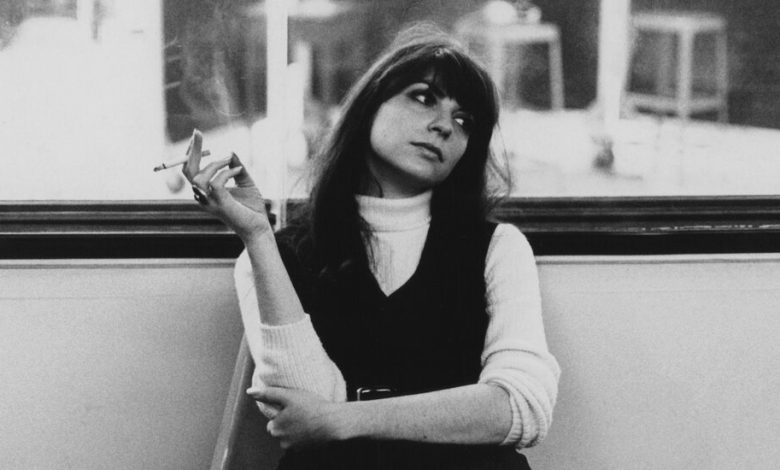Margo Guryan Died in 2021. Her Music Keeps Getting Rediscovered.

In the late summer of 1970, Elton John arrived at Los Angeles International Airport for his debut U.S. shows and was greeted by another wildly talented piano-playing singer-songwriter: Margo Guryan. Her husband, David Rosner, worked for the company that signed John, and together they helped him get sorted in the run-up to his legendary performances at the Troubadour, kicking off a long, spectacular career.
Guryan’s career proved less of a spectacle. After modest success as a jazz-pop songwriter, she recorded one album of her own, with Rosner’s encouragement. “Take a Picture” was alive with dazzling melodies, lyrical wit, strikingly intimate vocals and marvelously florid arrangements — a small masterpiece of the microgenre known as sunshine pop. But Guryan was reluctant performer who refused to tour, and her album, released in 1968, was a commercial flop, after her label barely promoted it.
And yet, in a unique twist on a familiar story, the 11 songs of “Take a Picture” became a shared secret around the world; pirate pressings overseas earned her the sobriquet “The Soft Pop Queen of Japan.” In 2000 the LP was officially reissued, followed by others collecting her demo recordings — lean performances that could pass for 21st-century indie-pop.
Her work caught the ears of music supervisors in TV (“Minx,” “I Think You Should Leave”), film (“Sam & Kate”) and advertising (Tag Heuer). Her demo of “Why Do I Cry” became a TikTok meme, spurring thousands of video clips by (presumably) nostalgia-loving sad girls and sad boys; at last check, the song had 23 million streams on Spotify.
The apotheosis of this snowballing rediscovery — or “discovery,” as Guryan, who died in 2021, preferred to say — arrivesthis week with “Words and Music,” a lavish collection of recordings, many previously unreleased, from the boutique label Numero Group. The archival flush, illuminated with a historical essay by the music critic Jenn Pelly, shows the scope of Guryan’s talent to be even wider than fans have known.
